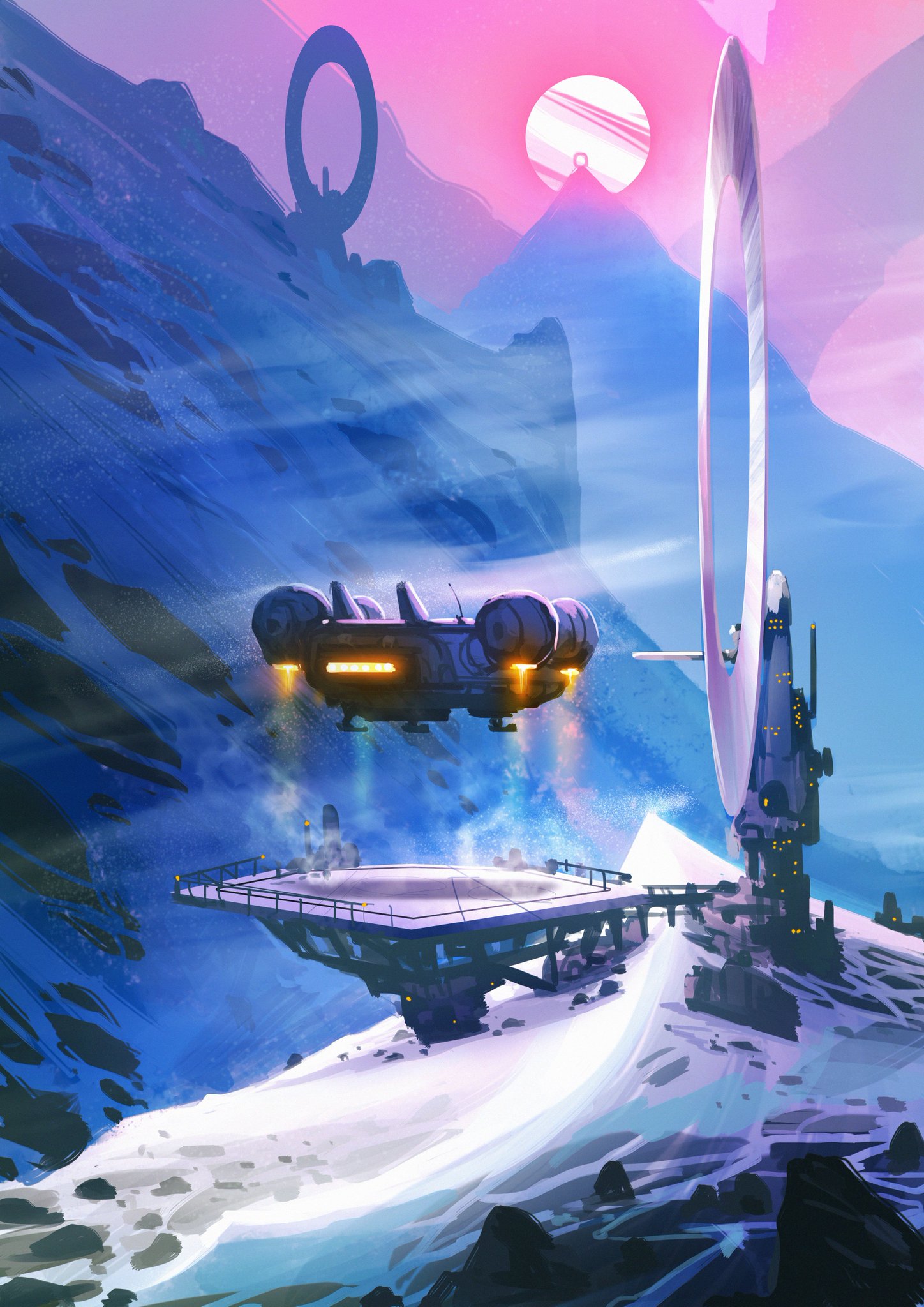eyeball_kid
Member
I think the number of base forms is the biggest question when it comes to the diversity of the wildlife. It's hard to imagine this small team being able to crank out so many different base models, considering each one needs to be rigged and have basic animations applied to it (which obviously get tweaked by the algorithms).
Agreed that it's a question mark, but also consider that there's little in the way of traditional art assets (e.g. high-res textures and models) that have to be made for NMS, and the art team has been working on this at least three years. Considering Sean's reluctance to promise features, the fact that he said there'd be hundreds of base forms makes me fairly confident.
Think of it like a sea of math, and we're traveling through it in a bubble. As we travel through this sea, everything that enters the bubble springs up into existence, and then reverts back to raw, static math when we leave. It's highly likely the placement of spaceships and animals will be based on when we arrive at that location. So if we arrive in a system at a certain time, that might be when a fleet is "scheduled" to warp in. But if we arrive an hour later, that fleet might be long gone. If we manage to destroy said fleet, then that fleet would stop existing for other players, and a competing local faction might occupy that system.
Yeah, I understand the concept behind the procedural generation. But ships are something that can be destroyed persistently, and there's no way to reflect that in the NMS algorithms. If they did try that, it would have cascading effects in the universe because you'd have to change the formula itself every time you change an object generated from it – i.e. blowing up a space station might turn an animal green in another system. Anything that can persistently change would have to be stored in the cloud as separate data.
While certain properties of ships (behaviors, starting locations, etc) are probably contained in the formulas, my educated guess is that trading ships are probably controlled by a separate code subsystem. Because if trading ships are beholden to the economy in terms of buying and selling resources, then their behaviors couldn't be fully generated with the formulas alone.
Things like economies can be simulated pretty easily on the fly based on what resources are available in the local region. It's possible they may have a more complex, active economic model driving things under the hood, but that remains to be seen.
I wish the press would ask more questions about the trading economy. The big question mark for me is whether this economy is global or not – if I flood the market with Plutonium on System Priori Prime, will that affect the economy of a player in a system 200 jumps away? If that's true, it would have to be a server-based economy. If not, yeah they could probably get away with a local simulation.
The big question about saving local content will be "how", and "how much". Individual dead animals are easy to track, because again, just location, and status (plus the saved configuration of parts that make up that animal). However if we're to believe we can actually cause the extinction of a particular species, then the quantity and locations of animals on a particular planet would need to be created by the procedural algorithm and stored/tracked. Depending on how many animals are on each planet, that could be a lot of data to keep track of.
I was about to agree, but then I watched one of the new PS Access videos again and Sean said, "Me shooting a bird is nothing, but it is saved for you. So if you've done that [shot a bird], you fly away and come back, [...] then that will be there for you." So...I guess they are really saving every animal death for your own game state.




